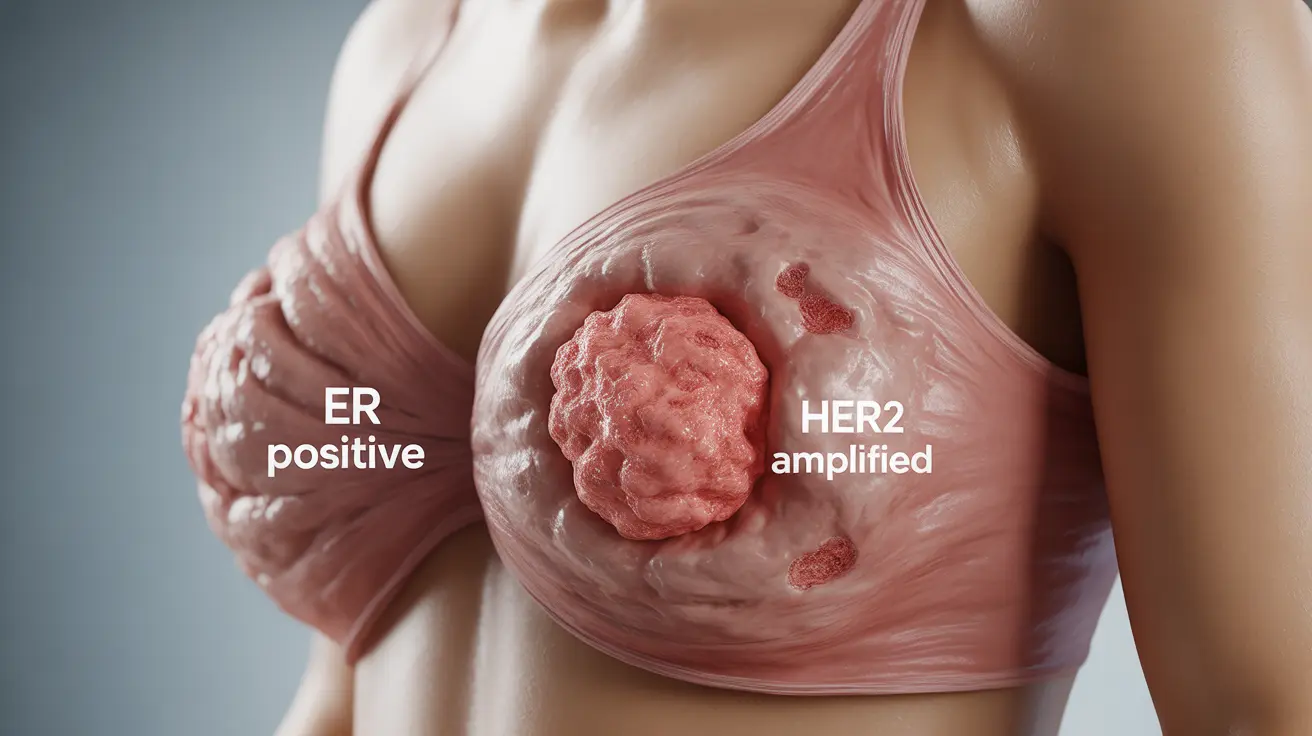Luminal B breast cancer is a distinct subtype of breast cancer characterized by specific molecular features and growth patterns. This form of breast cancer requires particular attention due to its more aggressive nature compared to some other breast cancer types, especially luminal A breast cancer. Understanding its characteristics, symptoms, and treatment options is crucial for both patients and healthcare providers.
This comprehensive guide will explore the key aspects of luminal B breast cancer, including its unique features, diagnosis methods, and various treatment approaches available to patients.
Characteristics of Luminal B Breast Cancer
Luminal B breast cancer is characterized by specific molecular markers that distinguish it from other breast cancer subtypes. These tumors typically show hormone receptor positivity (estrogen and/or progesterone) and may or may not express HER2 proteins. They also tend to have higher proliferation rates, making them generally more aggressive than luminal A breast cancers.
Key Signs and Symptoms
While luminal B breast cancer doesn't present with unique symptoms compared to other breast cancer types, being aware of the common warning signs is essential. These may include:
- A new lump or mass in the breast
- Changes in breast size or shape
- Skin changes or dimpling
- Nipple discharge or inversion
- Breast pain or discomfort
- Changes in breast texture
Diagnostic Process and Testing
Diagnosing luminal B breast cancer involves several steps and specialized testing methods. The process typically includes:
Initial Screening
The diagnostic journey usually begins with:
- Mammography
- Breast ultrasound
- Clinical breast examination
- Patient history assessment
Confirmatory Testing
More specific tests are conducted to confirm the diagnosis and determine the breast cancer subtype:
- Breast biopsy
- Immunohistochemistry (IHC) testing
- Ki-67 testing for proliferation rate
- Hormone receptor status testing
- HER2 status evaluation
Treatment Approaches
Treatment for luminal B breast cancer typically involves a multi-modal approach, considering the cancer's specific characteristics and the patient's individual needs.
Systemic Therapies
The main treatment options include:
- Hormone therapy
- Chemotherapy
- Targeted therapies (for HER2-positive cases)
- Combination approaches
Local Treatments
Local treatment options may include:
- Surgery (lumpectomy or mastectomy)
- Radiation therapy
- Lymph node management
Frequently Asked Questions
What are the common symptoms or signs of luminal B breast cancer that I should look out for?
Common signs include breast lumps, changes in breast size or shape, skin changes, nipple discharge or inversion, and breast pain. However, these symptoms can vary among individuals, and some patients may not experience noticeable symptoms early on.
How is luminal B breast cancer diagnosed and what tests are involved?
Diagnosis involves multiple steps, including mammography, ultrasound, and breast biopsy. Specific molecular testing is conducted to determine hormone receptor status, HER2 status, and Ki-67 levels, which help confirm the luminal B subtype.
What treatment options are available for luminal B breast cancer and how do they differ from luminal A?
Luminal B breast cancer typically requires more aggressive treatment than luminal A. Treatment usually includes hormone therapy, often combined with chemotherapy. The specific approach depends on factors like tumor size, grade, and whether the cancer is HER2-positive.
Can luminal B breast cancer be hormone receptor–positive and HER2-positive at the same time?
Yes, luminal B breast cancer can be both hormone receptor-positive and HER2-positive. This dual-positive status affects treatment decisions, often leading to a combination of hormone therapy and HER2-targeted treatments.
What is the role of chemotherapy, hormone therapy, and targeted drugs in managing luminal B breast cancer?
Hormone therapy targets hormone receptors, while chemotherapy addresses the higher proliferation rate characteristic of luminal B cancers. For HER2-positive cases, targeted drugs like trastuzumab may be added. This multi-modal approach is often necessary due to the more aggressive nature of luminal B breast cancer.




